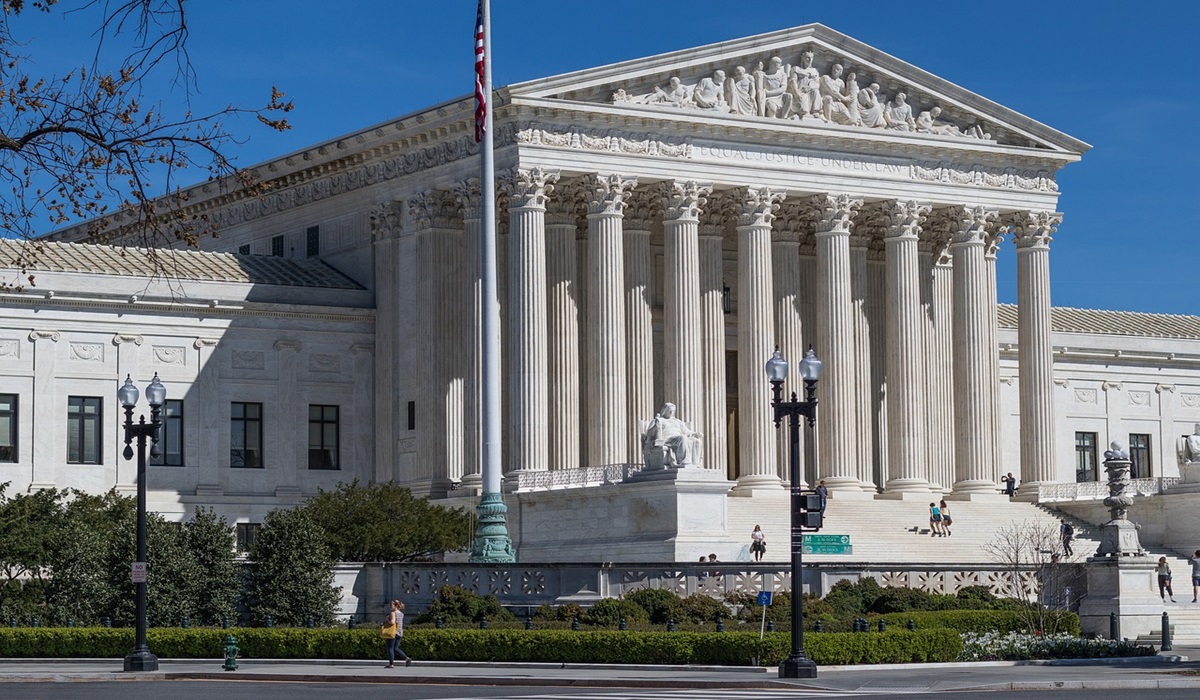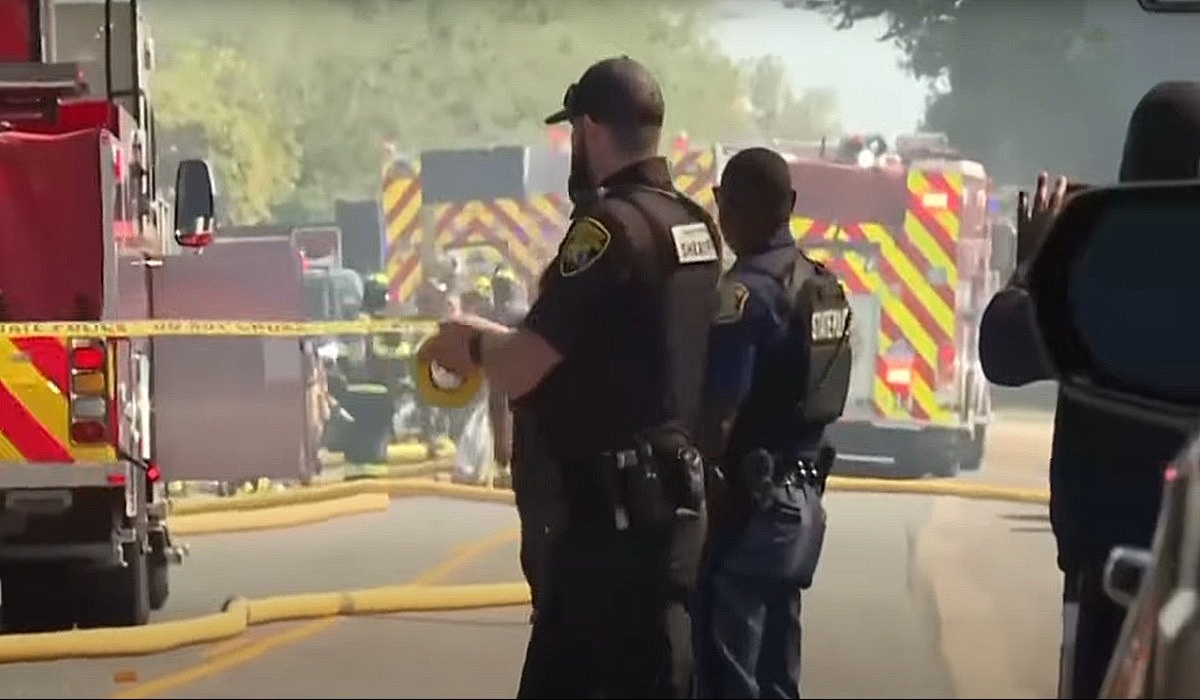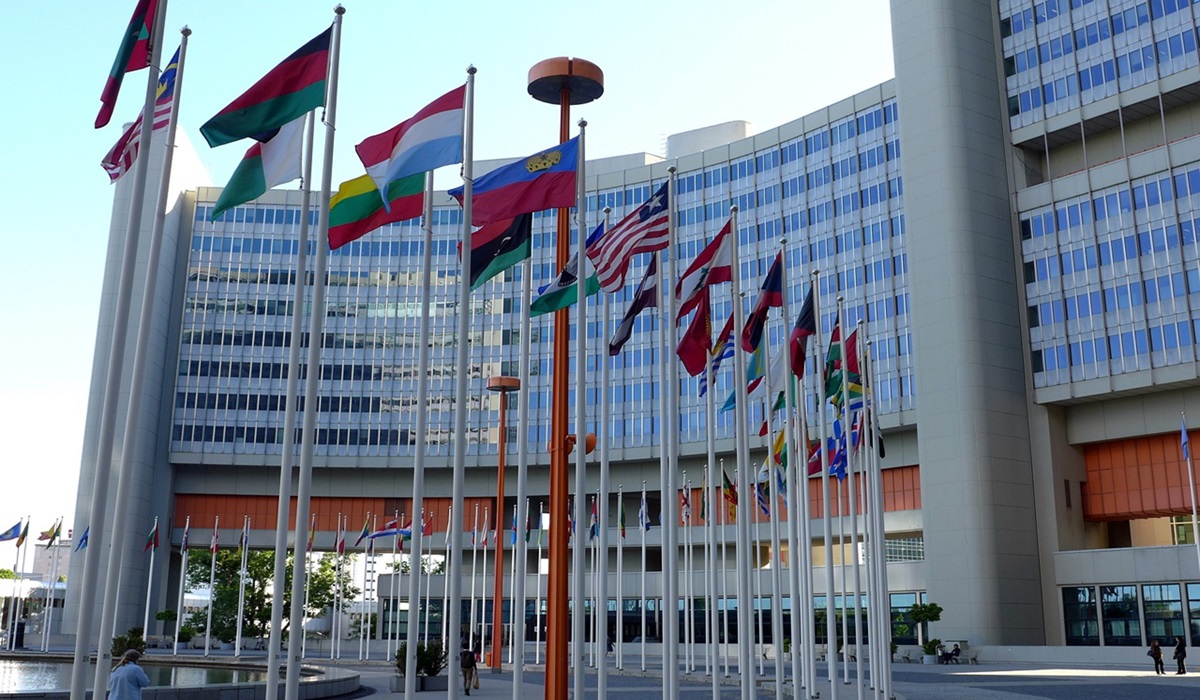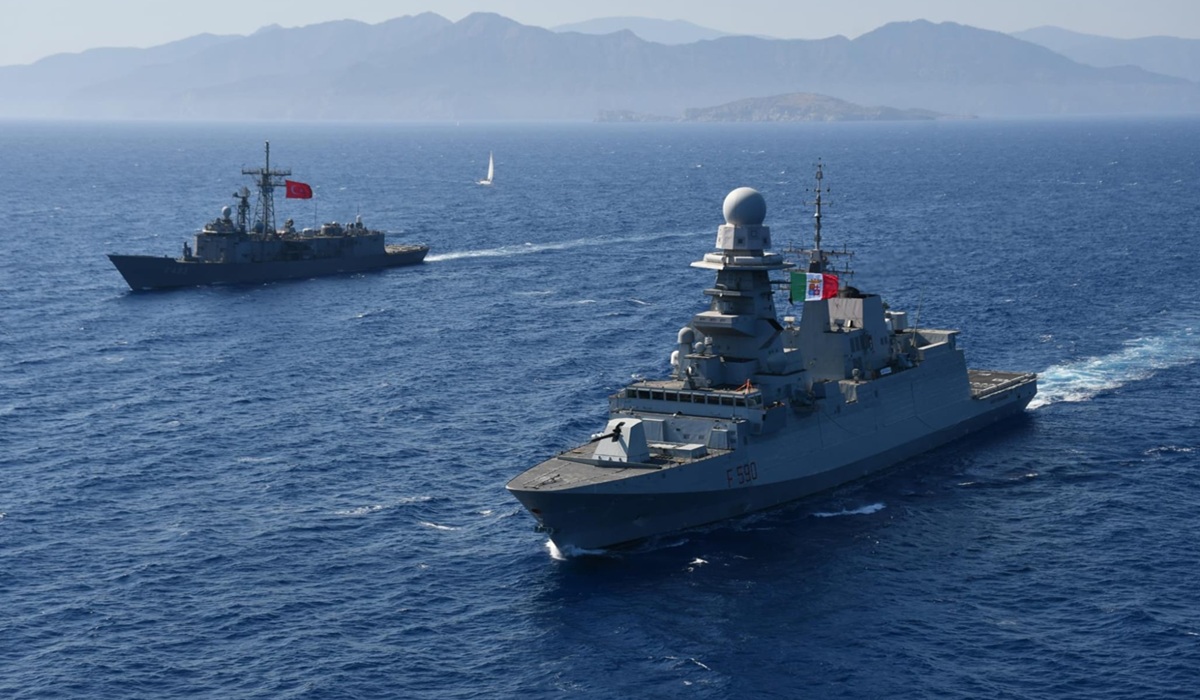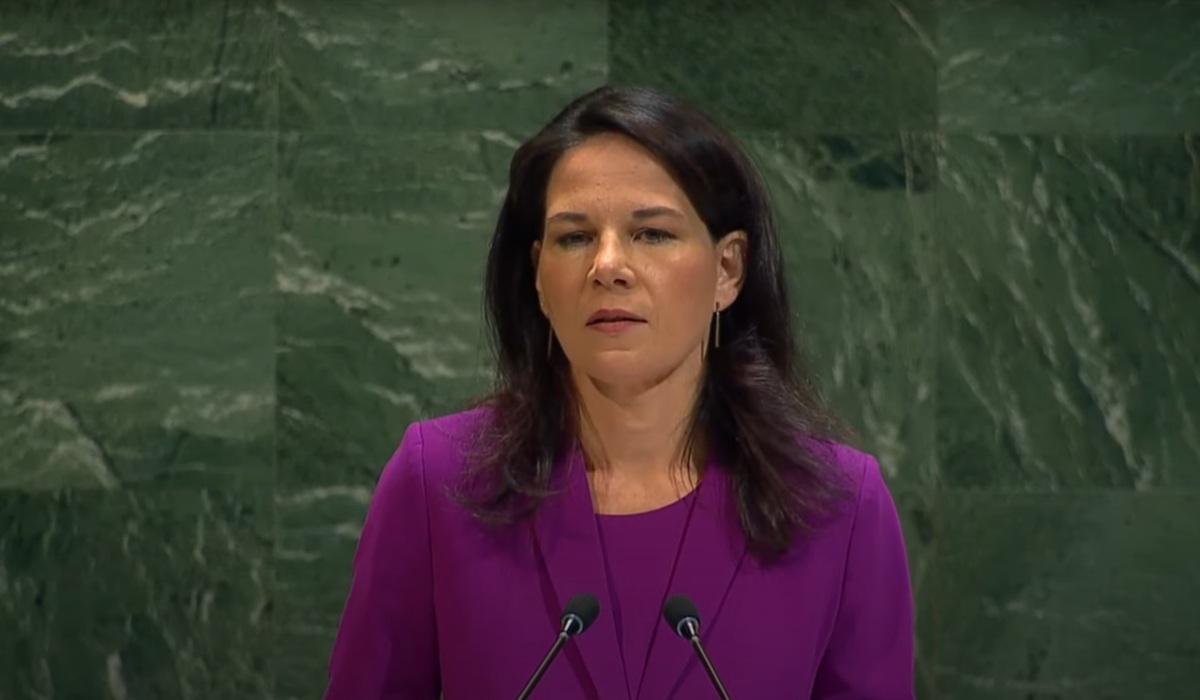Gaza Starves While the World Watches: A Turning Point in U.S.-Israel Relations?
- TDS News
- Breaking News
- July 29, 2025
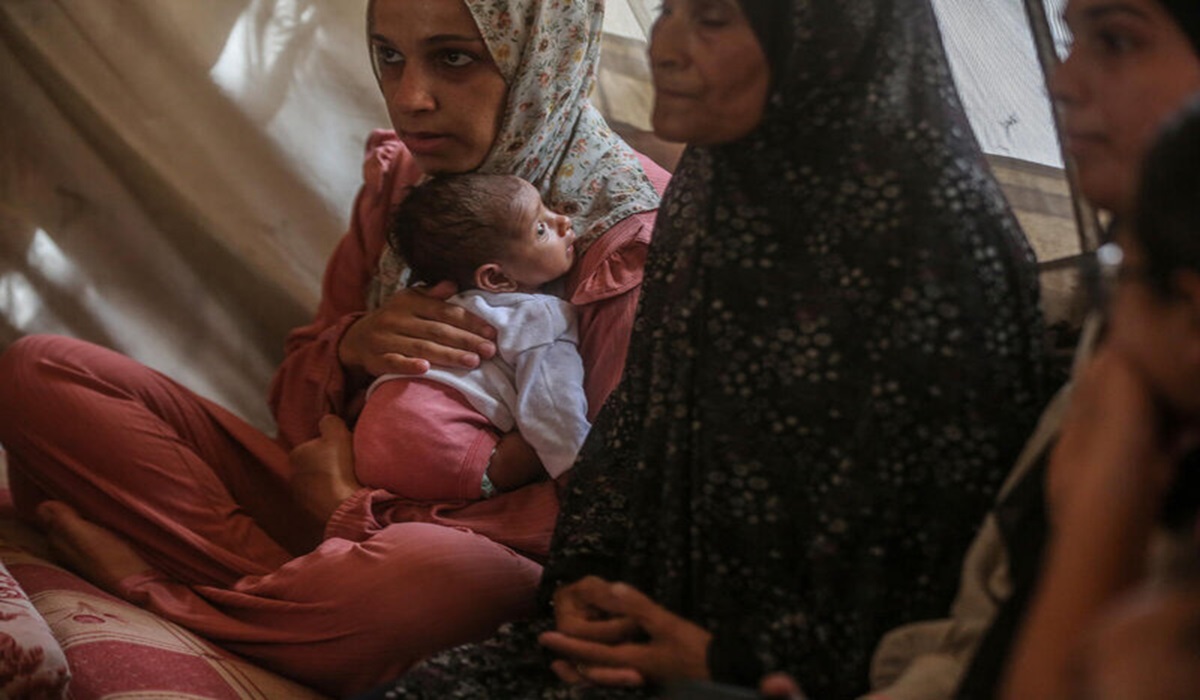
Image Credit: United Nations
The images emerging from Gaza daily are among the most harrowing of the decades-long conflict between Israel and the Palestinians. Emaciated children, hollowed-eyed mothers, and men too weak to stand now fill global newsfeeds, shocking even hardened observers. For the first time since the start of Israel’s military campaign in response to the October 7 Hamas-led attacks, top U.S. officials, including the president and vice president, have publicly acknowledged the growing catastrophe. What began as a war effort is now widely seen by international humanitarian organizations as a man-made famine—an outcome not of natural scarcity, but of deliberate obstruction.
The United States has long been Israel’s staunchest ally, providing billions in military aid and diplomatic protection in international forums. But the tone is shifting. U.S. officials, while still emphasizing Israel’s right to defend itself and calling for the release of hostages held by Hamas, are now clearly troubled by the scale of human suffering and the Israeli government’s role in prolonging it. The starvation in Gaza is no longer a byproduct of war—it has become the war.
Gaza’s food system has collapsed. Israel’s siege, which includes strict control over land crossings, maritime boundaries, and airspace, has effectively blocked or tightly rationed the delivery of aid. Humanitarian convoys are regularly denied access or destroyed by airstrikes. Warehouses are being bombed. Water desalination plants have been rendered inoperable. Hospitals no longer function. The death toll is not only rising due to airstrikes or collapsed buildings, but from malnutrition, dehydration, and disease. Children are dying because there is no baby formula. Pregnant women are miscarrying due to severe stress and lack of food. The United Nations has reported that over 90% of Gazans are now food insecure, with many surviving on a single piece of bread per day—if that.
Despite calls for humanitarian pauses, Israel has continued to restrict aid to a trickle, citing concerns that food, fuel, and medicine will be diverted to Hamas fighters. But aid agencies say they are being blocked even from reaching civilian shelters, hospitals, and U.N.-run facilities. Convoys have been bombed without warning. Aid workers have been killed in strikes. The Israeli government denies intentionally targeting humanitarian infrastructure, but the evidence on the ground tells a different story.
Facing mounting international pressure and growing protests across U.S. cities, the White House has now committed to taking a more active role in aid delivery. Plans are underway for the United States to set up a forward operational base inside Gaza for the exclusive purpose of humanitarian logistics. This would be an unprecedented move—one that effectively bypasses Israeli coordination and signals a deepening rift in how the two allies view the conflict’s trajectory.
At the same time, American officials have reiterated calls for Hamas to release remaining hostages. But here, too, the narrative is shifting. With large parts of Gaza reduced to rubble, and many underground tunnels collapsed or flooded by Israeli bombardment, questions are growing over whether the hostages are even alive. Some speculate they may be buried beneath the very buildings Israel has destroyed. Others suggest Hamas has lost the ability to even communicate or coordinate, its leadership in Gaza decapitated by relentless Israeli drone and air campaigns.
Still, the moral center of the crisis lies not in what cannot be verified, but in what is plainly visible. Starvation is no longer an abstract concept. It is a daily, living horror—slow, deliberate, and in plain sight. Western governments, particularly in Europe, are beginning to break with the U.S.-Israel line, calling for immediate ceasefires and accusing Israel of collective punishment. Even the traditionally cautious International Criminal Court is reportedly investigating starvation as a war crime under its jurisdiction.
In Arab capitals, the reaction has grown increasingly hostile. Egypt and Jordan have condemned the blockade in unusually strong terms. Qatar, which helped broker earlier hostage deals, is now publicly criticizing both Hamas and Israel, accusing each side of using civilians as leverage. Iran, unsurprisingly, has seized the opportunity to position itself as a defender of the oppressed, though few take its statements at face value given its own domestic repression.
Inside Israel, the situation is also becoming untenable. A growing number of Israeli citizens—particularly families of hostages—are demanding an end to the bombing and a refocus on negotiation. Protests in Tel Aviv and Jerusalem are increasing in size and urgency. Meanwhile, Prime Minister Benjamin Netanyahu has reaffirmed his commitment to complete military victory, refusing to commit to any permanent ceasefire, and insisting Hamas must be entirely dismantled.
The human cost of that strategy is now undeniable. The continued starvation in Gaza is not just a moral failure, but a diplomatic disaster. Israel risks losing whatever international sympathy remained after the October 7 attacks. By pursuing a war that grinds an already impoverished enclave into dust, the Israeli government may be creating the conditions for long-term radicalization, regional instability, and permanent reputational damage.
The United States faces its own reckoning. Despite rhetorical shifts, the flow of U.S.-made weapons into Israel has continued. Congress remains divided, and presidential candidates are walking a fine line between strategic alliance and moral accountability. But the appetite among American voters—particularly younger ones—for continued blind support is waning.
If the U.S. proceeds with setting up its own humanitarian base inside Gaza, it will be one of the most dramatic gestures of separation from Israeli policy since the two countries forged their alliance. It signals that Washington is no longer willing to watch from the sidelines while children starve in ruins that were once neighborhoods. It will also force the question: can the United States truly be both an arms dealer and a humanitarian actor in the same war zone?
Starvation is not a battlefield tactic. It is a war crime. And whether it’s being used out of strategic calculus or bureaucratic indifference, the world is watching. The images of Gaza’s starving population will not fade. They will be remembered long after the last bomb falls. The question now is whether the countries who can act will choose to do so, or simply add another layer of shame to a war already soaked in it.

